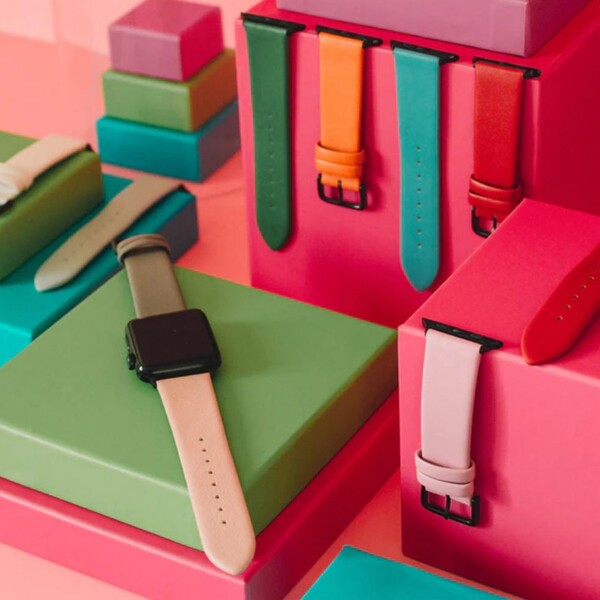How To Create A Tiny Product
Wednesday • March 3rd 2021 • 9:09:50 pm
If I only had to say one thing about it,
I'd say:
"You create a tiny product by putting in a tiny amount of effort."
How tiny?,
My smallest product,
was 6x4 pixels small.
I generated my own color swatches via the HSL Color Model
randomly colored my some of my pixels, and then re-sized my little 6x4 creation to 4K (3840 × 2160).
I resized it using ImageMagick,
which by default will blur the end result to create a beautifully smooth background.
I uploaded them to Creative Market as 4K Desktop Backgrounds,
and a made $60 in sales, before I shut the experiment down.
I had another $60 there already,
from a much more complex product.
One that took months, and generated 30,000 Bootstrap Card designs, and had a variation that was connected to Stripe.
(Bootstrap helps with Graphic User Interface design, and Stripe is a Payment Processing Gateway)
I fully embrace failure in my product design,
I almost want it, because that is the best way to learn.
Make your products small and beautiful,
and learn from your failures.
I classified my computer creations as Minimum Viable Products,
and I continue my search for tiny and valuable things, I am currently looking at automatically generating dance and workout music.
If you don't like computers,
then that maybe even better.
Adam Savage of Myth Busters fame has a small video about hand made products,
in which he mentions markets like Etsy.
Hand made does not mean hard work,
you kind of probably should sell products that are not yet assembled - so product kits.
You can manufacture them by looking around for a local business that will help you machine parts,
or online where you can 3D print prototypes or laser cut leather, or wood, or acrylic, with Shapeways and Ponoko
You can also find a Maker Space,
where you maybe able to find the tools and advice you need.
I know that selling cute wooden charms is not a way to build a business,
but holding your first product in your hands is a very educational experience, and money well spent.
Plus, you get a new item for your design portfolio,
where you can beautifully feature your diagrams, sketches, and ideas.
Your earliest products,
are priceless, in 30 years as you look through your portfolio your silly wooden charms will make you very proud.
The distance to a good product from a silly little charm,
is actually just a few more sketches, and a CNC & Laser Cutter shop where you can design a range of pricey wallets.
Or, wallet kits, where you ship a futuristic wallet along with a little screwdriver and shiny brass screws,
allowing the customer to customize it during the final assembly.
Think of it as outsourcing your assembly to the customer,
and passing on the savings.
And if you prefer more modern technology,
then design a range of cases for the Raspberry PI, here it makes even greater sense to ship it as a kit, and of course you don't need to include the Raspberry PI.
Just accept failure as part of progress,
and focus on design a range of very interesting products, for three reasons.
Learning the work flow, beginning with customer interest,
onward to sales, and getting a nice review, or rating.
Learning from failure,
or you can call it: slowly seeking a path to success.
And filling your portfolio with beautiful sketches and prototypes,
documenting your path to success, and later on publishing your Design Portfolio as an actual book that people all over the world can use for inspiration.
It is better to start slowly a little bit at a time,
focus on creating miniature side-businesses first, enjoy the product design, and leave nothing out of your portfolio.
